Get in Touch With Us
By promoting awareness for rodents in Malaysia and implementing effective pest control methods. Residents can minimise the impacts of rodent populations while appreciating their ecological contributions.
Understanding Rats in Malaysia
Type of Rodents in
Malaysia
Rodents play a crucial role in various ecosystems around the globe, and understanding them is essential. Particularly in Malaysia, where a variety of rodent species thrive in urban and rural environments. The order Rodentia encompasses a diverse range of mammals known for their continuously growing incisors. This growth pattern necessitates regular gnawing on various materials.
This includes wood, food, and other substances, to keep their teeth from becoming overgrown. We will delve into the types of rodents found in Malaysia, explore the challenges posed by rat infestation. And highlight their ecological significance and adaptive behaviours.
URGENT RESPONSE
The Population of Rodents, Rats and Mice in Malaysia
Rodents, Rat Infestation in Malaysia
Rat infestation is a significant concern in both urban and rural parts of Malaysia. The presence of rats has been link to health risks and property damage. Various sources of food, including food waste, pet food, and grain storage areas attracts rodents to urban living space. The health risks pose by rat infestations cannot be overlook.
Rats are carriers of various diseases, including leptospirosis, hantavirus, and salmonella. They can be transmit to humans through direct contact or contaminated food and surfaces. Additionally, their droppings and urine can contaminate food sources and furniture, further amplifying health risks. To mitigate these infestations, it is essential for residents and businesses to maintain cleanliness.
By securing food storage, and employing pest control measures when necessary. The high population density in urban areas exacerbates the issue. As rats thrive in human habitats where food is readily available. Common food sources that facilitate rat infestations include:
Food Scraps
Improper disposal of food waste creates a breeding ground for rats.
Grain Storage
Agricultural regions with inadequate storage facilities are targeted by wild rat populations.
Pet Food
Leaving pet food outside can attract unwanted rodent visitors.
Rodents Plays A Vital Role In Our Ecosystems
Ecological Role of Rodents
Rodents hold a vital place in Malaysia's ecosystem. The ecological significance of rodents extends beyond their role as prey, they significantly influence plant communities and ecosystem balance. As members of the order Rodentia, they play a crucial role in various ecological processes:
Food Chain Dynamics
They serve as a primary food source for numerous predators, including birds of prey, snakes, and carnivorous mammals. Their population dynamics can significantly impact the population of these predators.
Seed Dispersal
Many rodents, such as squirrels, actively participate in seed dispersal. They collect seeds and nuts for food storage, which can lead to the growth of new plants in different areas.
Soil Aeration
Burrowing rodents, like pocket gophers, help aerate the soil, improving its health and fertility. Their tunnelling activities help break up compacted soil and promote nutrient movement.
The Characteristic of Rats in Malaysia
Rodents Behaviour and Adaptation
Rodents in Malaysia exhibit a wide array of behavioral adaptations that enable them to thrive in diverse environments. These adaptive strategies allow rodents to continuously grow and evolve, ensuring their survival amid changing environmental conditions. These adaptations are crucial for their survival:
Nesting Habits
Many rodents build complex nests in secluded areas (like attics or underground). This provides them shelter and protection from predators and harsh weather conditions.
Feeding Behaviour
Rodents are opportunistic feeders, for example, the house mouse can adapt its diet based on food availability. They tend to consume both vegetable and animal matter when needed.
Social Structure
Some species, like ground squirrels, live in colonies that allow for cooperative foraging and protection against predators.
Reproductive Strategies
Rodents are known for their rapid reproductive rates. For instance, black rats can breed throughout the year, leading to large populations that can quickly invade new areas.
Common Rodents Species in Malaysia
Rodents Species in Malaysia
Understanding rodents and their ecological roles is crucial for effective management and coexistence in Malaysia. From common species like the Norway rat and house mouse to specialises rodents like scaly-tailed squirrels and flying squirrels. Each playing a significant part in the ecosystem, like the blind mole rats, unique in South America. Furthermore, addressing rat infestation is essential not only for public health but also to safeguard agricultural productivity.
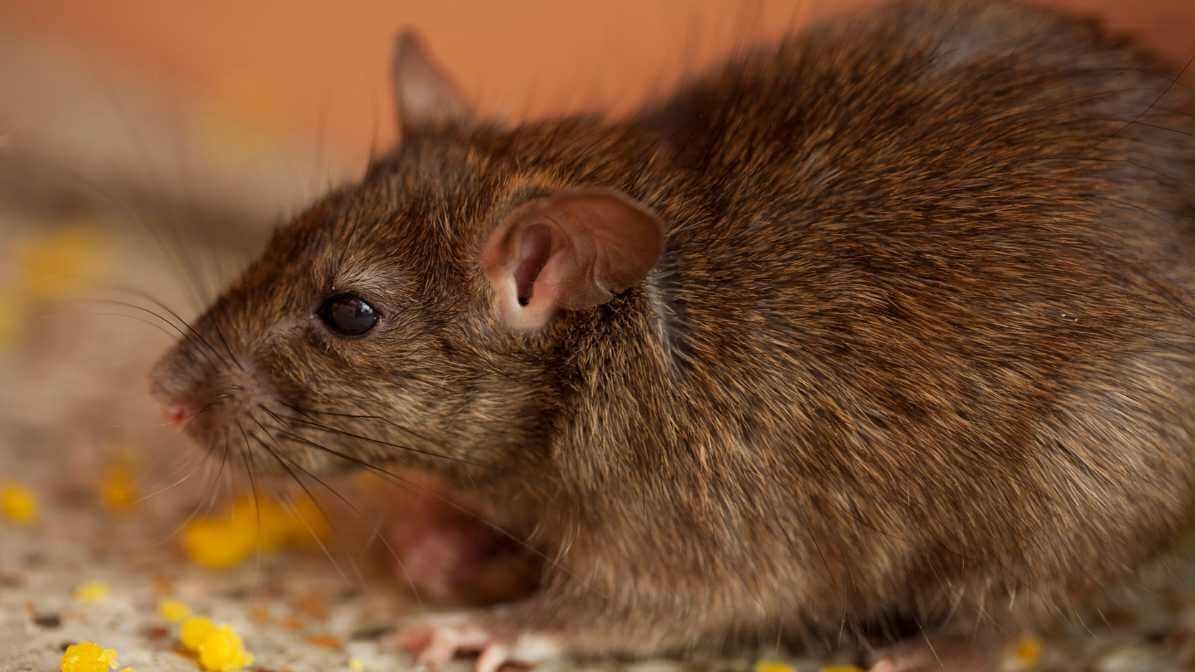
Norway Rat (Rattus norvegicus)
The Norway rat is among the most prevalent rodent species in Malaysia. Typically found in urban areas, this long tail rodent thrives in human-dominated environments where food sources are plentiful. They have a robust body structure with grey to brown fur and can grow up to 25 cm long, excluding their tail. Norway rats primarily feed on a variety of vegetable and animal matter, making them opportunistic eaters.
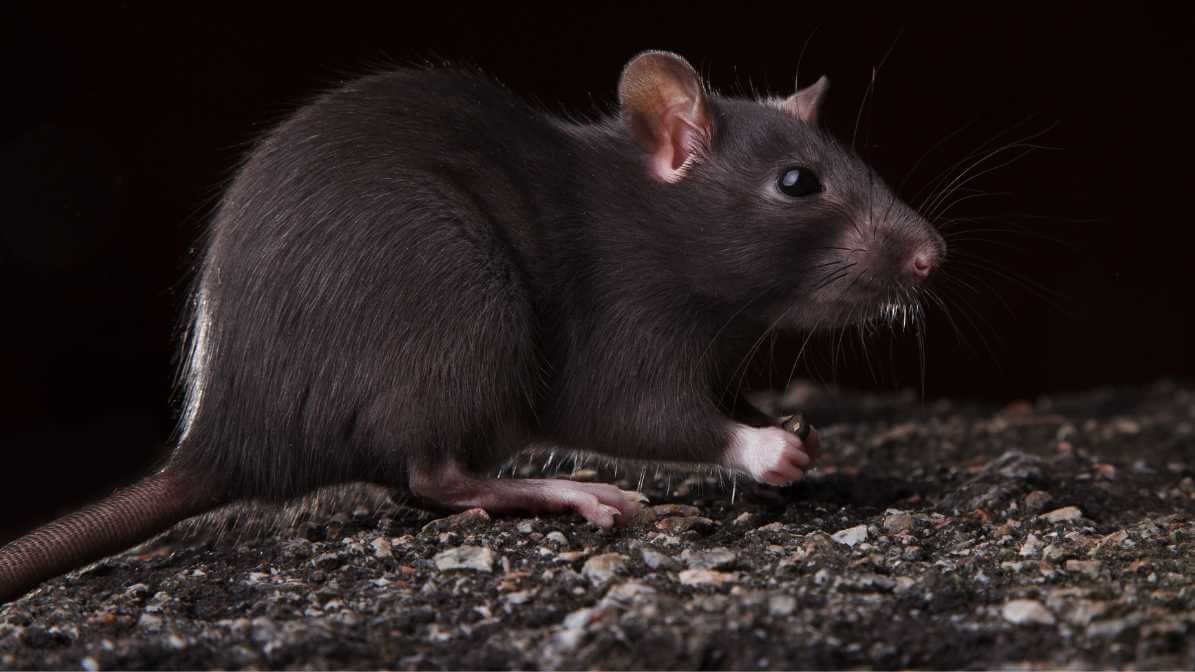
Black Rat (Rattus rattus)
Unlike the Norway rat, the black rat prefers to live in trees and often builds nests high above the ground. This species is smaller and can be recognise by its long, slender body and large eyes. They tend to feed on fruit, grains, and food scraps left behind by humans.
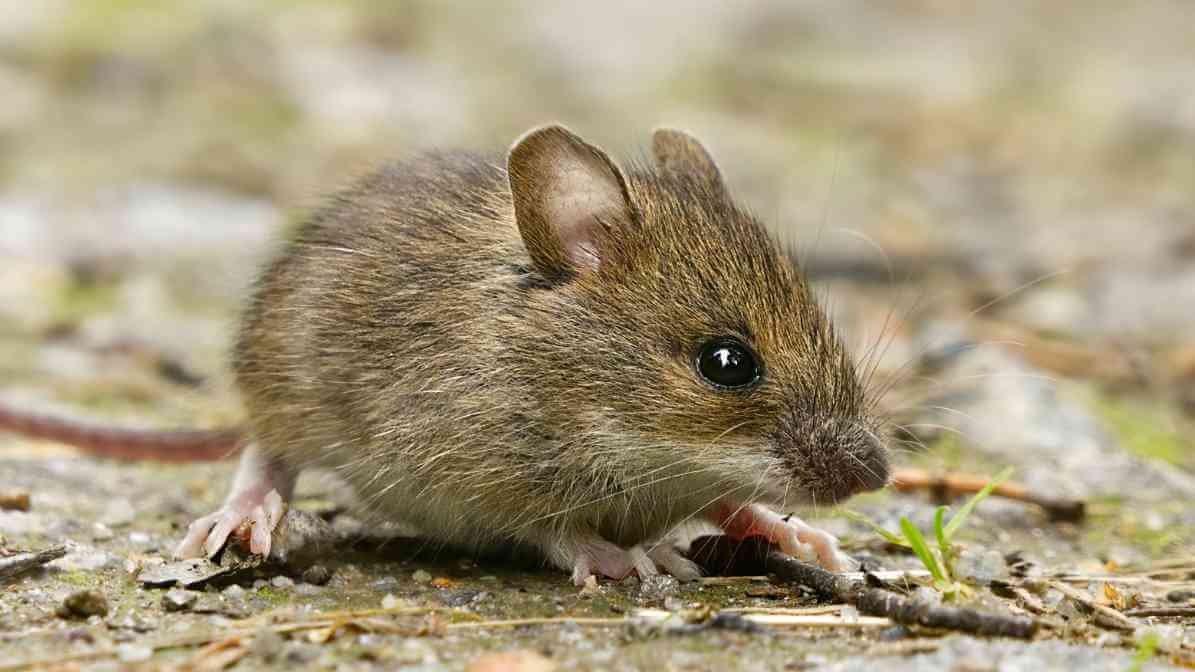
House Mouse (Mus musculus)
The house mouse is a familiar sight in many households across Malaysia. These small rodents are adaptable and can thrive in various environments, including homes. They typically measure around 8-10 cm long and have a diet that includes grains, animal food, and leftover vegetation.
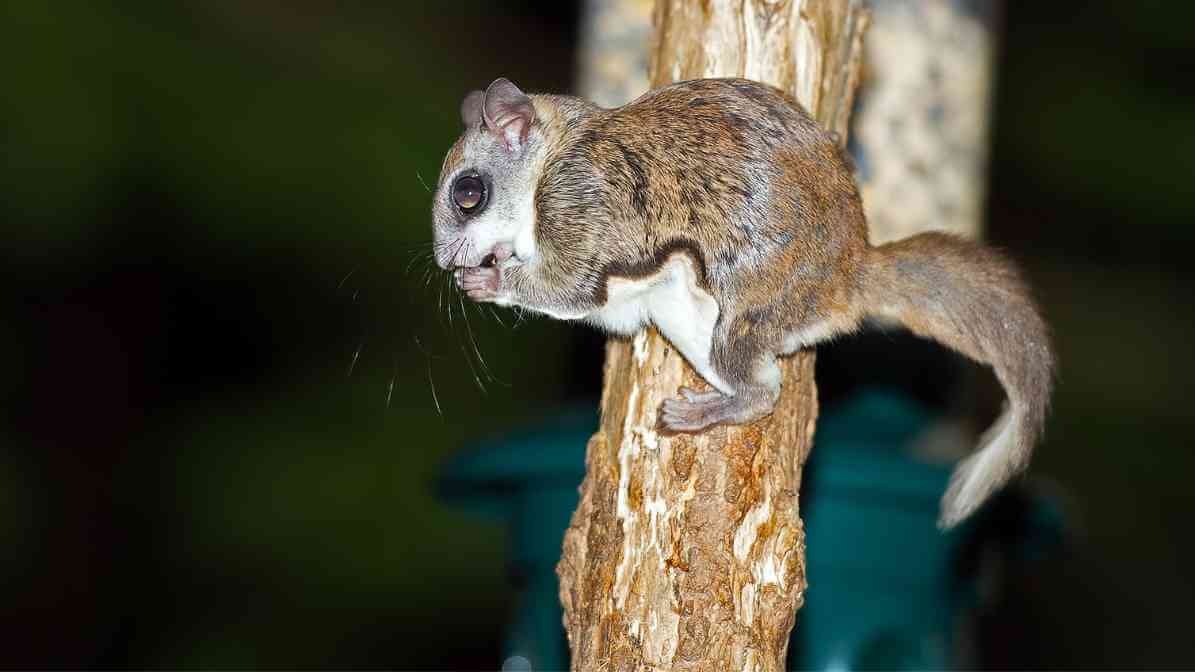
Scaly-tailed Squirrel (Anomalurus)
Scaly-tailed squirrels are unique rodents that inhabit forested areas in Malaysia. Recognise by their flat tails that adapt to glide from tree to tree. These squirrels primarily eat fruits, nuts, and tree sap, which plays a role in seed dispersal within their ecosystem.
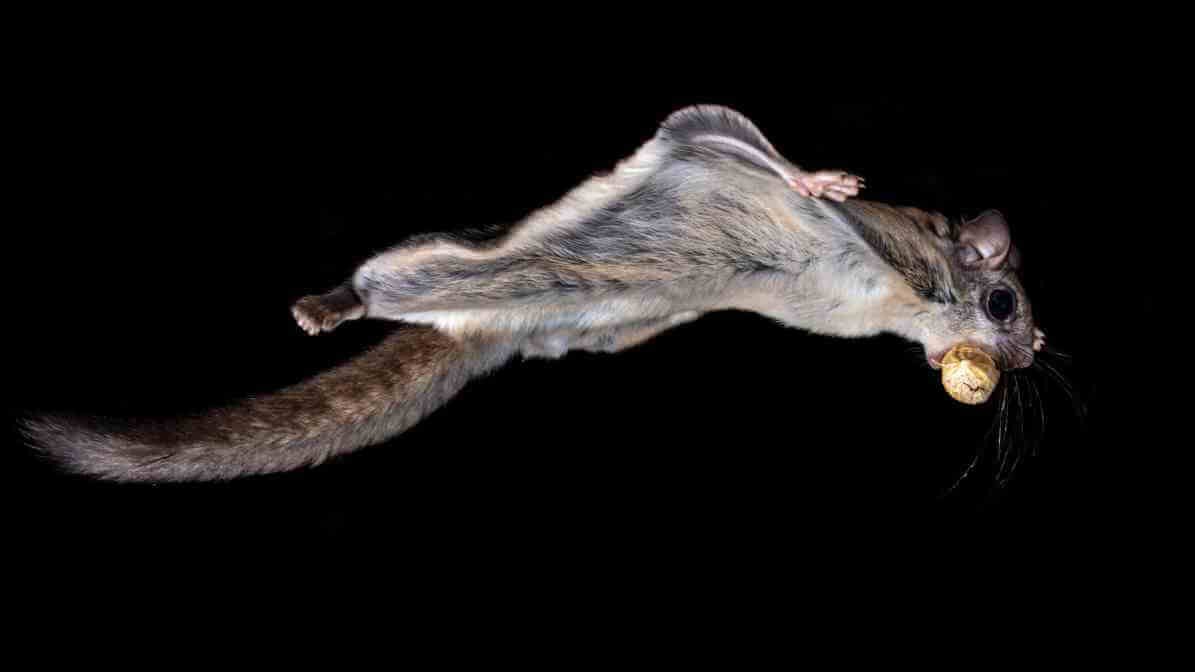
Flying Squirrel (Petaurista)
Flying squirrels are nocturnal rodents that possess the ability to glide. They glide between trees trunks to a flap of skin connecting their limbs. Commonly found in Malaysia, these squirrels feed on fruits, flowers, and tree bark.
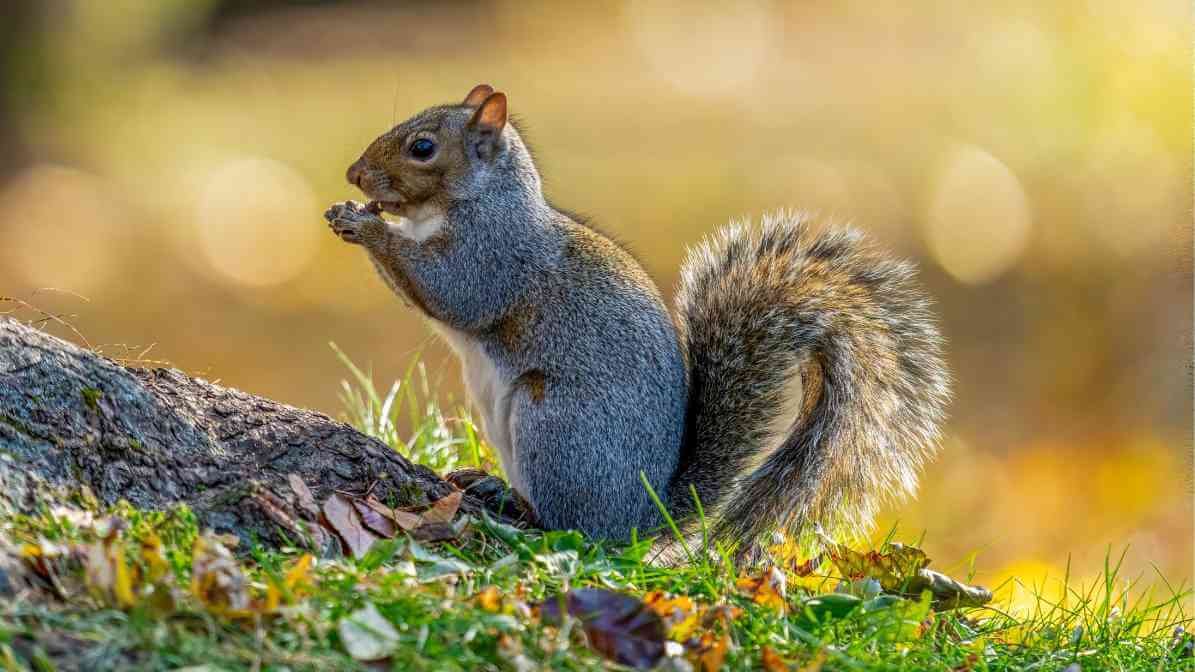
Ground Squirrel (Marmotini)
Ground squirrels can be in Malaysia's grasslands and forests. They are famous for their burrowing behaviour and social structures, often living in colonies similarly to pocket gophers. Their diet includes a variety of seeds, nuts, and roots.
Contact Us
We love to talk pest. From guiding you on the identification of the pest to solving your pest problems. No job is too small or too big for us. Call us today for more info.

